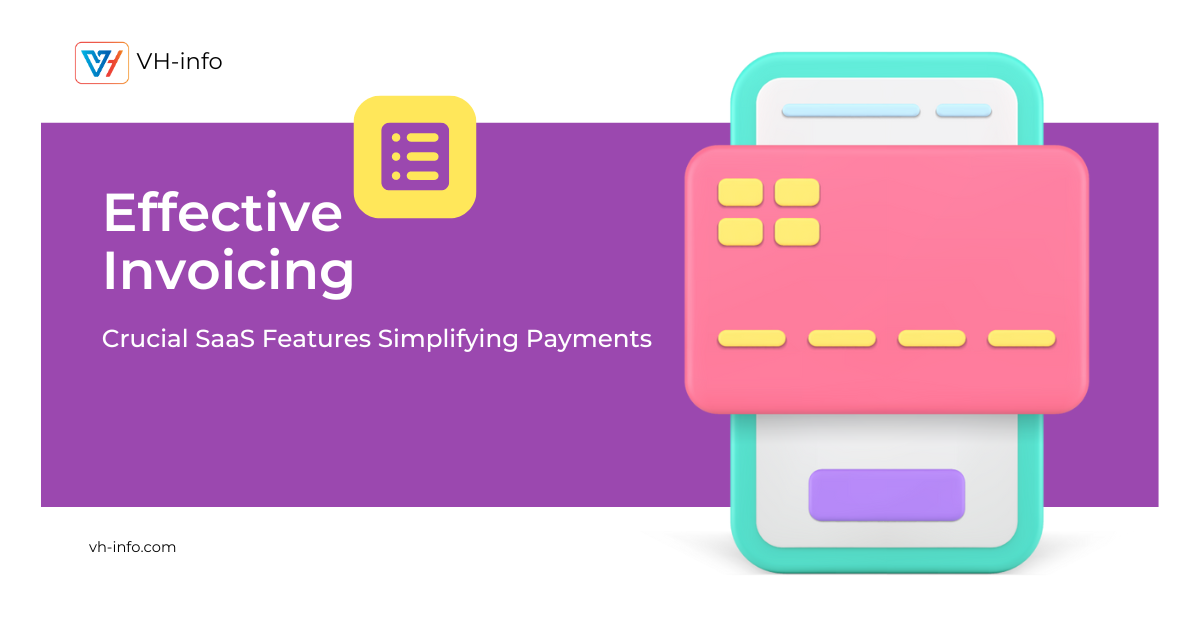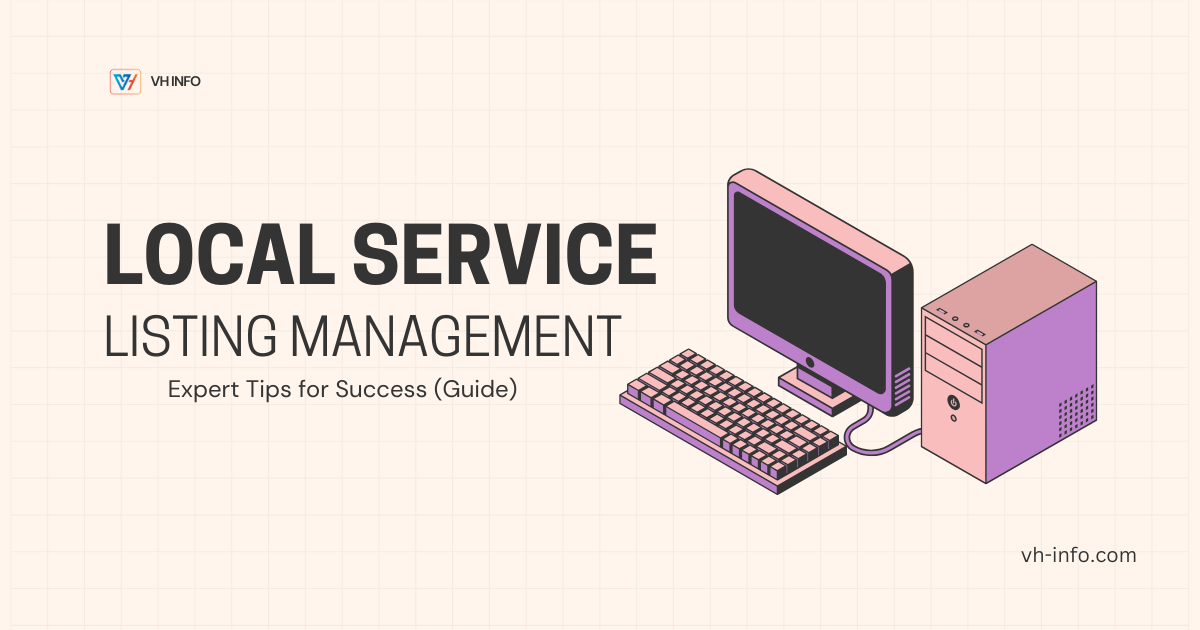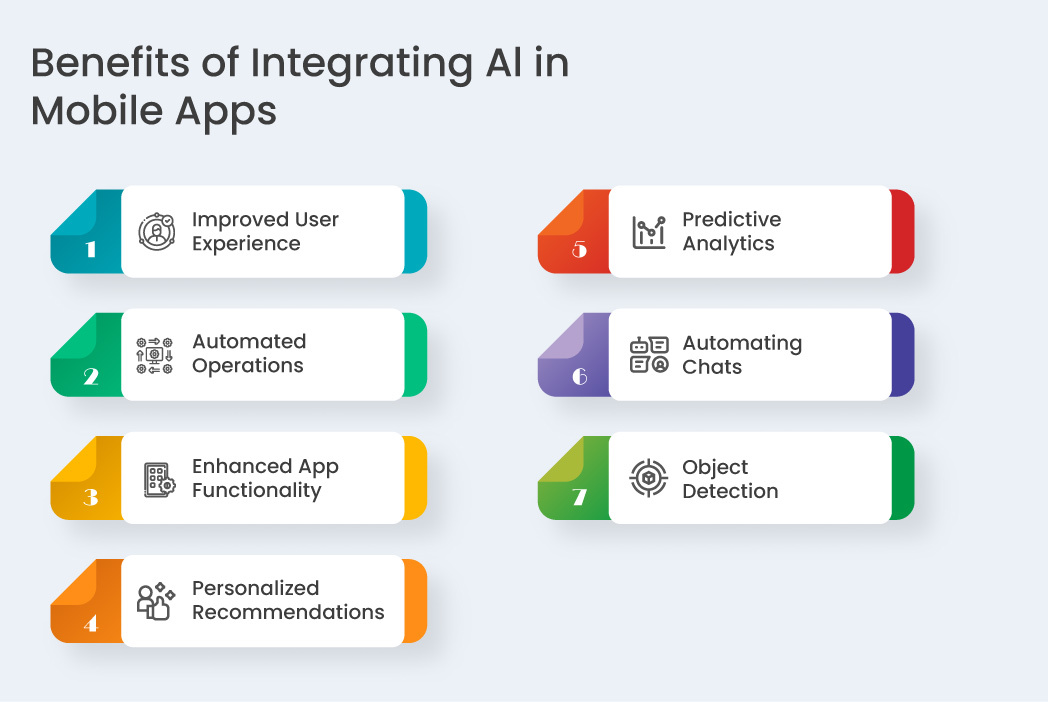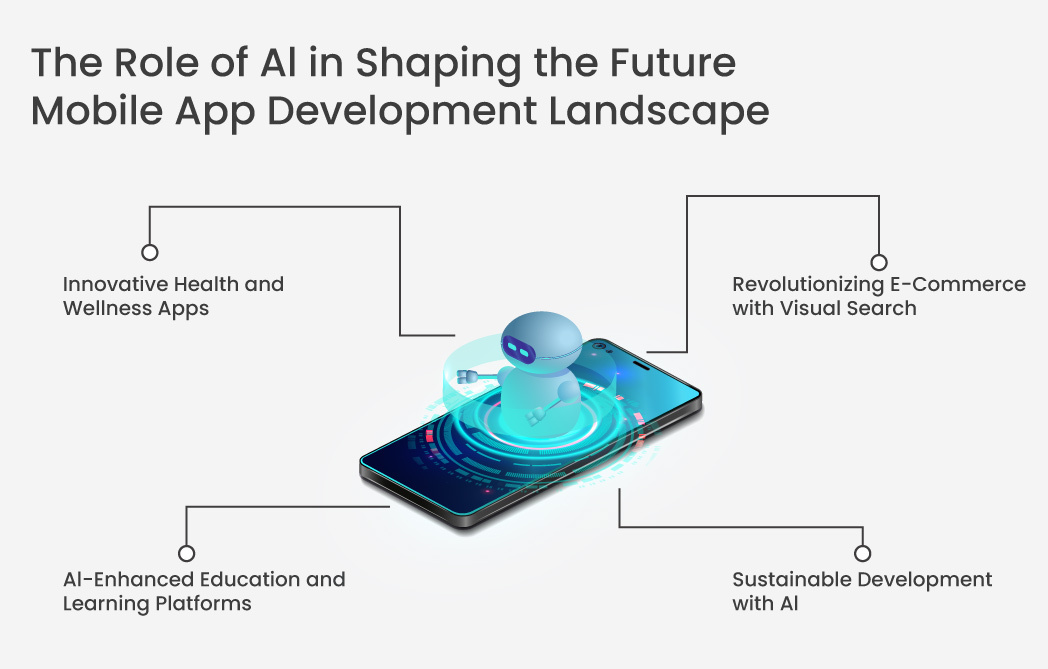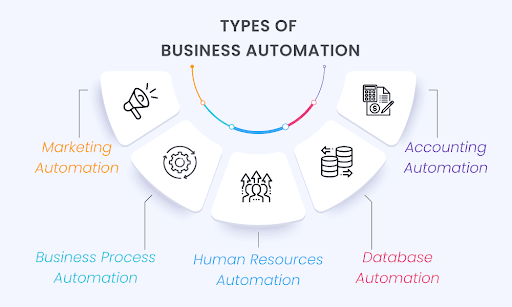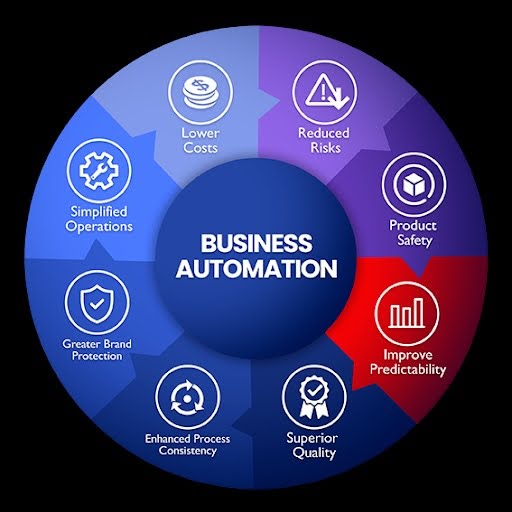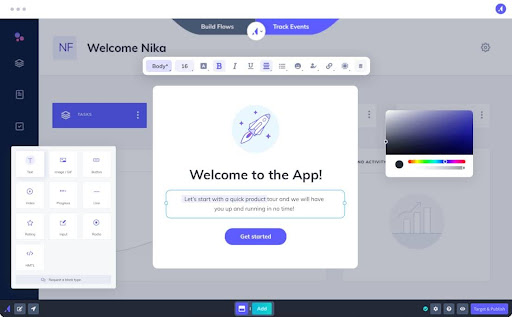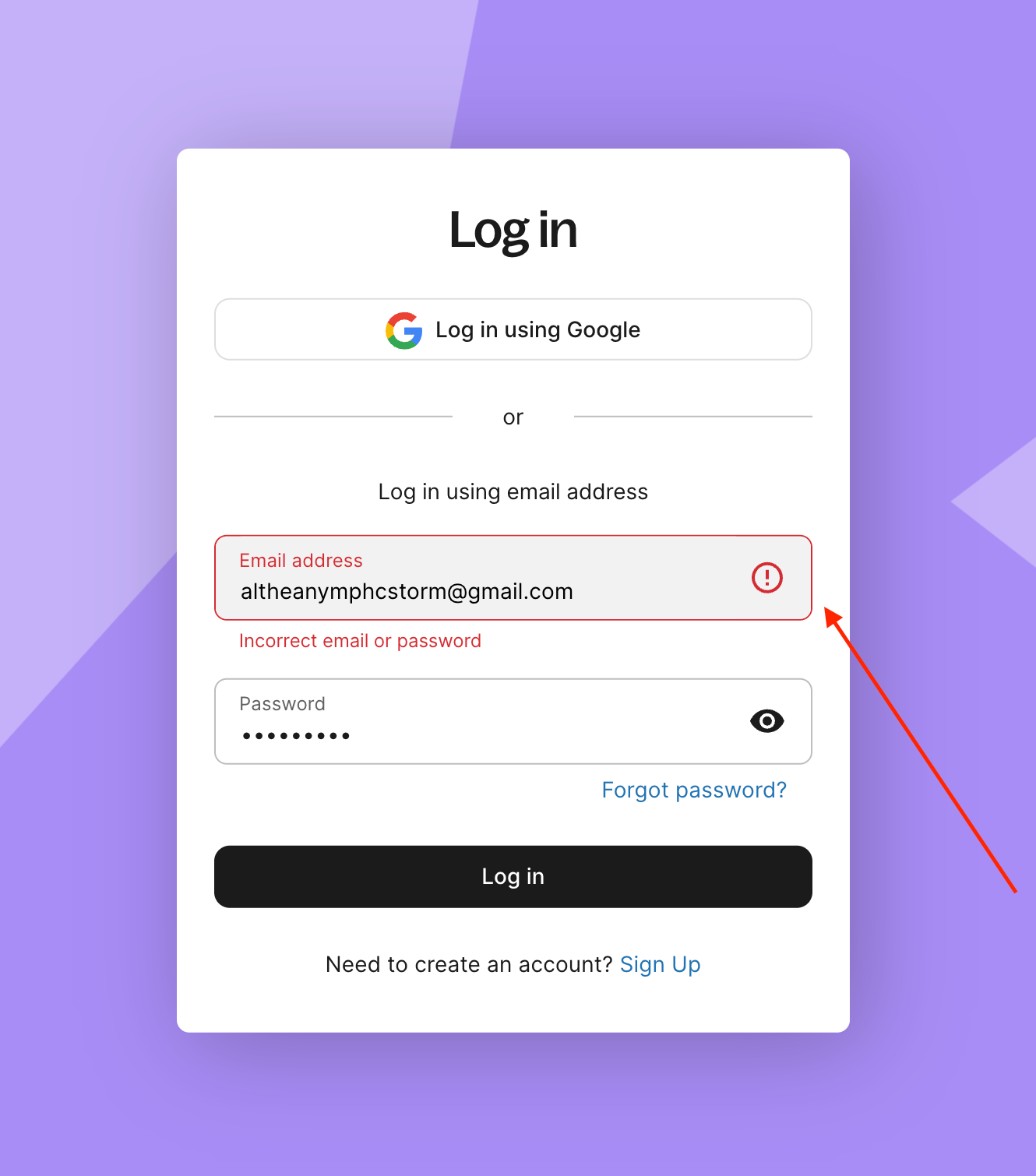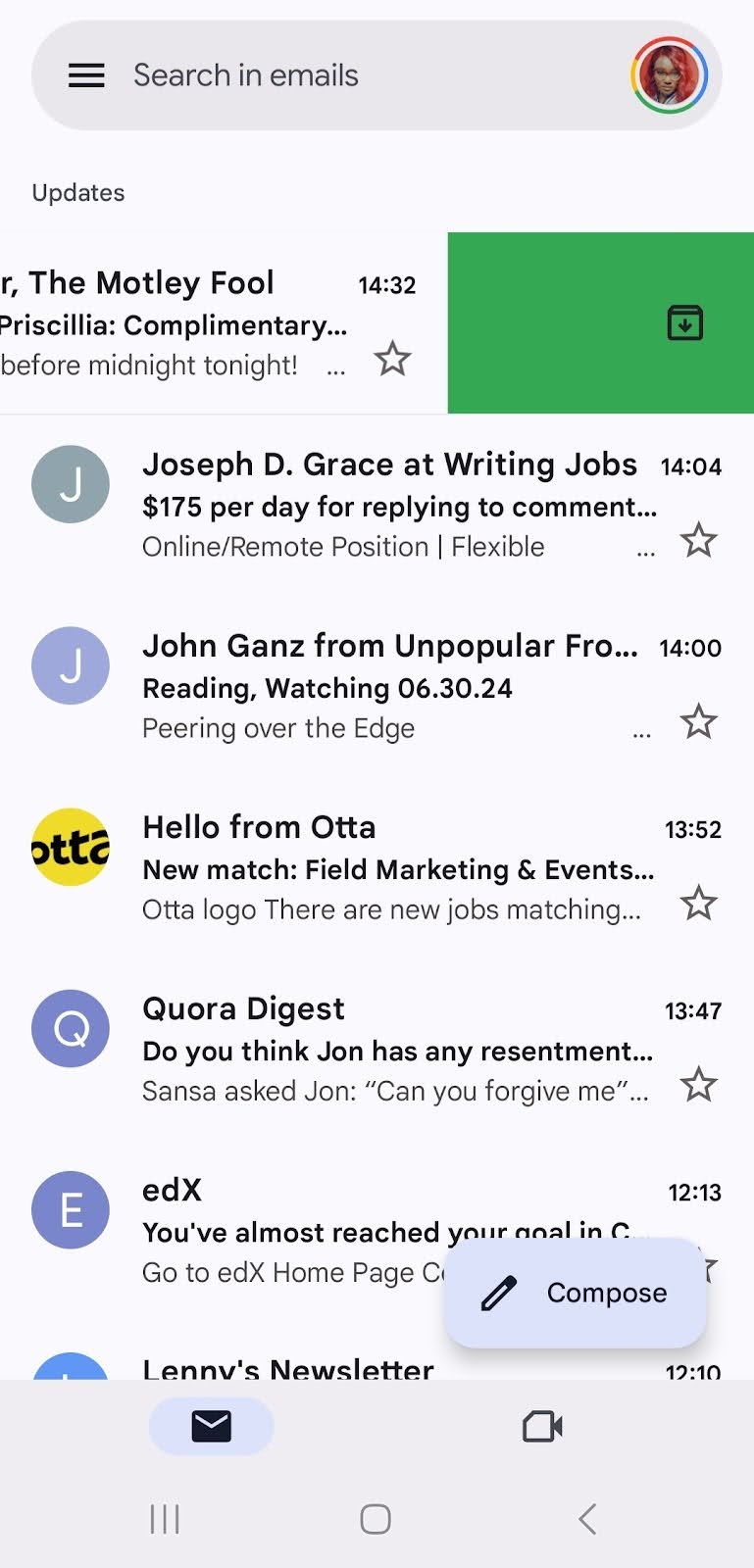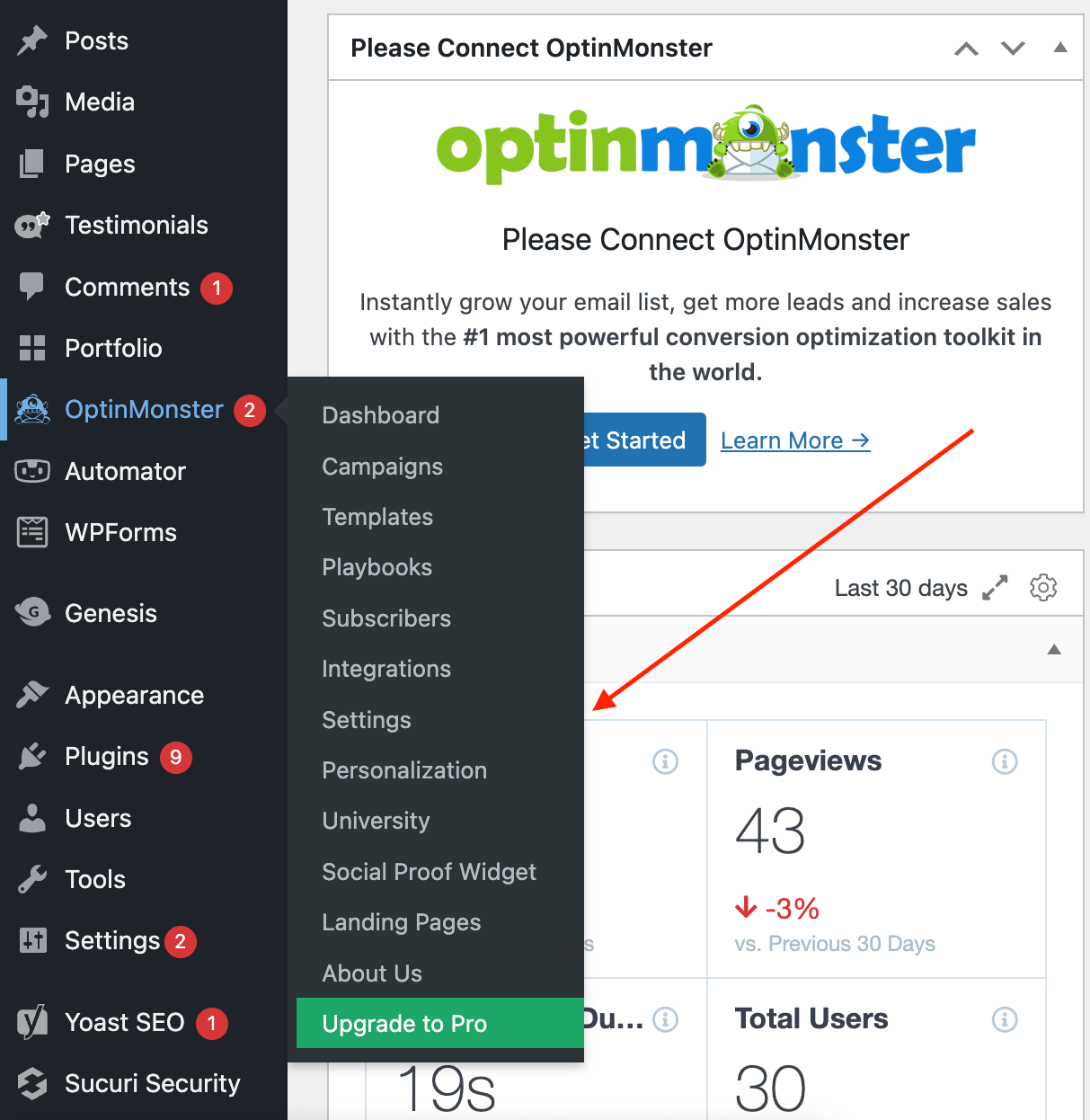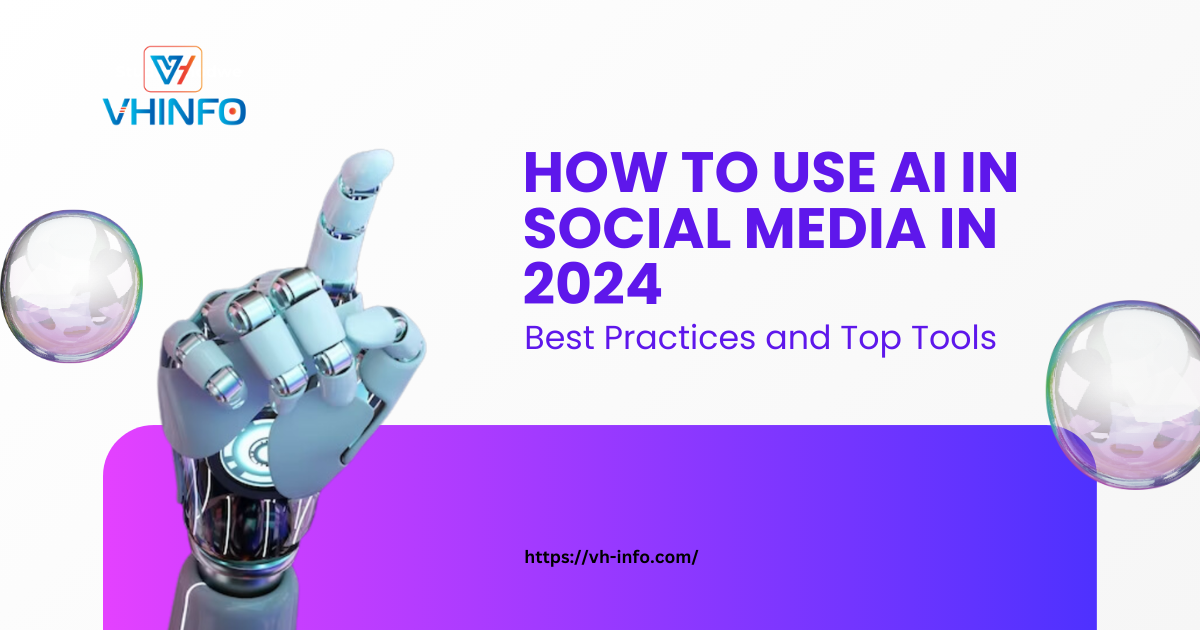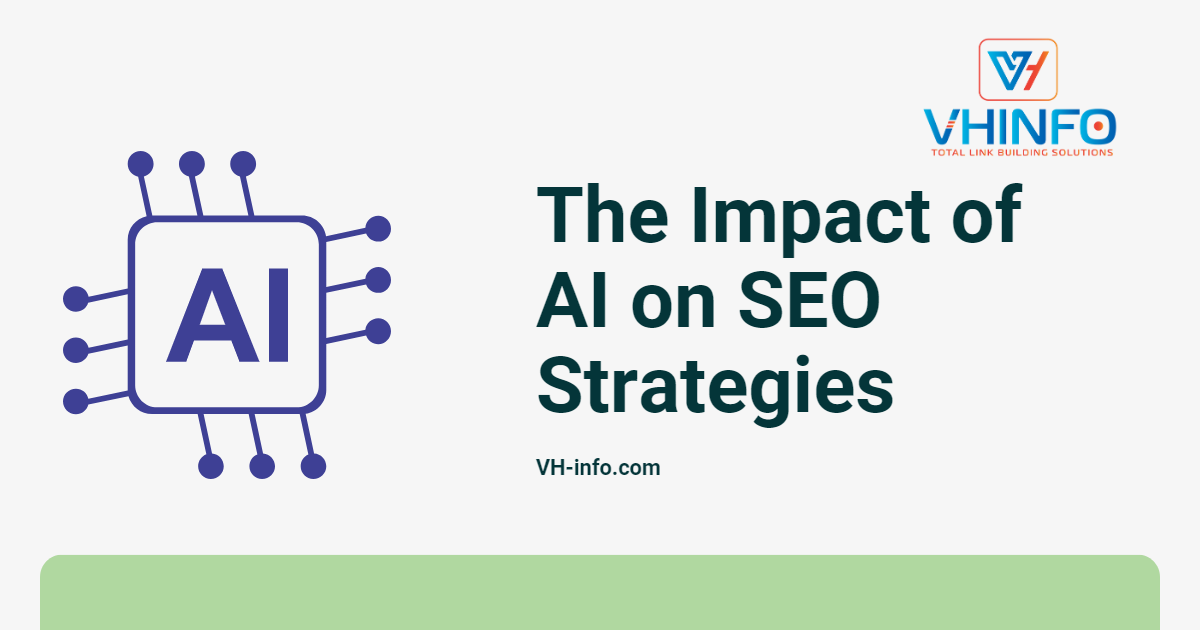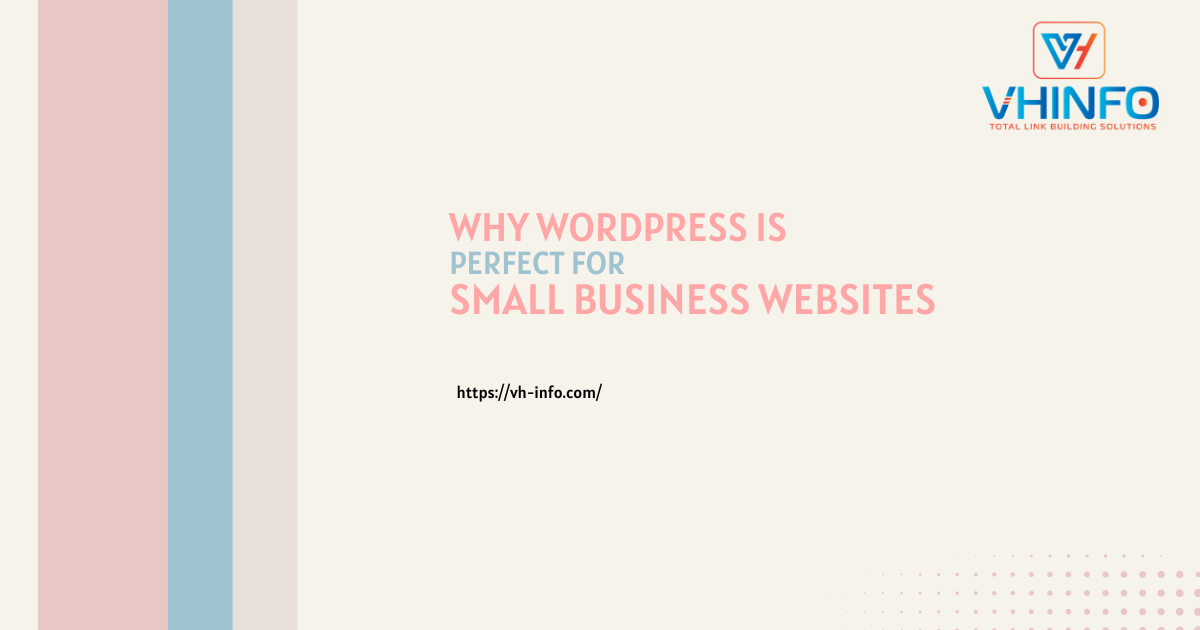Invoicing. It’s that everyday hero keeping businesses afloat.
What if the process was smoother? Automation now shapes SaaS tools, streamlining payment hurdles with savvy features. Think quick expense logs and sleek client interfaces.
These aren’t just bells and whistles – they’re essential for efficient cash flow management. Plus, real-world case studies showcase how innovations have made invoicing a breeze.
Get ready to explore game-changing invoice tools making life easier in the tech-savvy business world today.
Mobile-First Approaches in Payment Processing
Mobile-first approaches redefine how small businesses handle invoicing. These strategies cater to a world on the go, offering flexibility and convenience for companies and clients alike. Another imperative feature is using customizable templates, like the free estimate template by Invoice Simple specifically tailored for industries needing precise, efficient billing. This resource aids in developing professionalism while ensuring clarity and accuracy in invoicing.
Businesses can manage invoices from any location, improving response times and reducing payment delays. Utilizing a reliable invoice generator can further streamline this process, enabling businesses to quickly create and send professional invoices, track payments, and maintain a clear overview of their financial situation.
For clients or freelancers, mobile invoicing provides quick access to bills with straightforward interfaces designed for smaller screens. This means faster approvals and fewer disputes over miscommunication.
Concerns about security in mobile environments are valid; however, most SaaS platforms invest heavily in secure encryption methods ensuring safe transactions. Additionally, frequent updates enhance protection against vulnerabilities.
Moreover, integrating mobile payments simplifies the entire process – imagine sending an invoice while traveling between meetings! No more waiting until you return to your desk. It’s efficient for everyone involved.
Overall, embracing a mobile-first strategy streamlines operations while maintaining high levels of client satisfaction through improved accessibility and security measures tailored specifically for today’s fast-paced lifestyle.
Expert Opinions on Emerging Trends
In the ever-evolving world of SaaS invoicing, experts have their eyes set on several emerging trends that promise to revolutionize the landscape. Industry leaders see AI integration as a game-changer for automating repetitive tasks, freeing up time for businesses to focus on strategic growth.
Experts also emphasize the rise of blockchain technology in ensuring transaction transparency and security. This could provide small businesses with an unalterable record of financial exchanges, bolstering trust between parties.
Another significant trend involves leveraging advanced data analytics by big data analytics consulting to derive insights from invoice patterns. By analyzing this information, companies can forecast cash flow more accurately and optimize payment schedules based on customer behavior.
Industry thought leaders like Tim Cook advocate mobile-first designs in every aspect of business tech; they argue it’s not just a convenience but essential for catering to modern consumer habits driven by smartphone usage.
These insights help us understand how crucial it is for SMBs to adopt these new technologies quickly if they wish to stay competitive while simplifying operations significantly!
AI Integration
Marc Benioff, CEO of Salesforce, often discusses the transformative potential of AI in business applications. Many SaaS companies now incorporate machine learning algorithms to predict late payments and automate invoice categorization.
Blockchain for Transparency
IBM’s work with blockchain technology exemplifies its application in financial transactions. They’ve partnered with numerous firms to create secure, transparent platforms for tracking cross-border payments. As cryptocurrencies and blockchain solutions grow, regulatory compliance becomes essential to maintain that transparency. Company-specific VARA license support helps businesses ensure their crypto operations follow legal standards while preserving trust and accountability.
Advanced Data Analytics
Microsoft has emphasized using data analytics tools within their Dynamics 365 suite, allowing businesses to glean actionable insights from billing cycles and client payment patterns.
Mobile-First Design
Satya Nadella highlighted mobile-first as a key strategy at Microsoft’s annual Ignite conference. Their Office apps are designed prioritizing mobile functionality to accommodate an increasingly on-the-go workforce.
These industry leaders demonstrate through innovation how embracing these emerging trends helps businesses simplify processes while remaining competitive in today’s tech-driven marketplace.
Benefits of SaaS Invoicing for Service-Based Businesses
For service-based businesses, efficient invoicing is crucial. SaaS platforms simplify this with automated features that save time and cut down errors. Consider landscaping companies; managing multiple client projects can be complex.
Using tools like Joist landscaping estimate software, businesses create detailed invoices quickly while keeping records organized. Automated reminders help ensure timely payments without awkward follow-ups.
Besides saving hours each week on paperwork, these tools offer transparency to clients who see exactly what they’re paying for, which can improve trust and relationships.
Plus, integration capabilities mean syncing data with accounting software effortlessly streamlines bookkeeping tasks even further.
Overall, embracing these technologies enhances productivity across various sectors by simplifying a tedious but necessary process so you focus more on delivering top-notch services instead!
Syncing Data with Accounting Software: A Seamless Process
Integrating your invoicing system with accounting software is a breeze, and it can make life so much easier for small business owners. By syncing data seamlessly with platforms like QuickBooks, Otto AI or Xero, manual data entry becomes obsolete.
This integration ensures that all invoice details automatically transfer into the accounting system without fuss. Business owners no longer juggle between spreadsheets or risk entering incorrect information. Financial records remain consistent across all systems, minimizing errors and discrepancies during audits or financial reviews. For those looking to bring in dedicated financial support, reviewing a resource like Bookkeeper interview questions can be invaluable. These questions will help guide your hiring process to find a candidate who not only understands modern accounting systems but also fits well with your company’s drive for efficiency.
Besides enhancing accuracy, this sync saves valuable time otherwise spent on administrative tasks – giving entrepreneurs more opportunities to focus on client service and growth strategies instead of drowning in paperwork.
Moreover, real-time updates mean having an up-to-date view of cash flow at any given moment. This is crucial for informed decision-making about future investments or addressing pending issues swiftly before they escalate!
Ultimately embracing these integrations simplifies bookkeeping while ensuring precision in managing finances efficiently.
You may face severe penalties.
Poor quality links, such as those associated with link farms, expose your site to severe penalties that will be difficult to overcome.
This applies to both outbound links in your content and backlinks pointing to your site.
The penalties are frequently applied automatically by an algorithm filter. Members of Google’s spam team, on the other hand, occasionally manually review sites for potential violations of their webmaster guidelines and decide to use a penalty.
How to Know If Your Link Building Service Uses Link Farms To develop links for clients, certain link-building firms are involved in link farming.
They do this because they can avoid spending time and money on the actual link-building process, which involves producing high-quality content and conducting manual outreach.
Instead, they can simply use link farms they either own or are affiliated with to place backlinks to boost their DA.
It’s an easy victory for the link builder, but the clients’ money is completely wasted.
The problem is that it might be challenging to predict the websites that
backlink-building services would use to establish links. The following red flags should cause you to pause:
Addressing Common Misconceptions About SaaS Invoicing
Many small business owners hesitate to adopt SaaS invoicing due to myths that need busting.
Let’s separate fact from fiction.
Myth: SaaS invoicing platforms are too expensive for SMBs.
Fact: While there’s an initial investment, the time and error savings lead to cost efficiencies over time. Plus, scalable pricing models often accommodate different budgets.
Myth: These tools require technical expertise.
Fact: Modern platforms prioritize user-friendliness. Intuitive interfaces make setup straightforward, even for those without tech backgrounds.
Myth: Customization options are limited in these systems.
Fact: Many solutions offer customizable templates tailored to specific industries or individual branding needs.
Business owners must look beyond misconceptions when considering new technologies. Embracing accurate information reveals how such innovations genuinely streamline operations, providing benefits that outweigh any perceived drawbacks!
By challenging these myths with facts, entrepreneurs gain confidence in integrating more efficient processes into their daily operations effortlessly!
Security Measures: Protecting Sensitive Data in SaaS Platforms
Data security remains a top priority for businesses adopting SaaS invoicing systems. Keeping client and financial information safe requires robust security measures integrated into the platform.
Moreover, multi-factor authentication adds an extra layer of protection by verifying user identity before accessing sensitive information. This prevents unauthorized access even if login credentials are compromised.
Regular software updates are crucial as well, patching vulnerabilities swiftly to keep cyber threats at bay. Cloud-based backup solutions also play a role in safeguarding data against potential loss from hardware failures or malicious attacks.
However, understanding these features’ implementation can be daunting for SMBs unfamiliar with technical jargon – knowing which questions to ask providers ensures you’re getting adequate coverage without feeling overwhelmed by complexity!
Businesses must continuously stay informed about evolving security trends while evaluating their current setup’s adequacy in protecting valuable assets through effective collaboration with their SaaS partners.
Understanding Data Encryption in Simple Terms
Data encryption converts sensitive information into a coded format that only authorized parties can read. It’s like turning your valuable data into a secret code, unreadable to unauthorized users.
For SaaS invoicing platforms, encryption protects client and financial details during transfers between systems or while stored on servers.
Most platforms use strong methods such as AES (Advanced Encryption Standard), considered one of the most secure options today.
While technical terms may seem overwhelming, the concept is straightforward: encryption acts as an essential shield safeguarding your business’s critical information from potential breaches and ensuring confidentiality remains intact across transactions.
Key Questions to Ask When Selecting an Invoicing Platform
- Does it offer customization options?
Check if the platform allows you to tailor invoices according to your branding and industry-specific needs.
- How secure is the platform?
Ensure it includes encryption, multi-factor authentication, and regular security updates to protect sensitive data.
- Is there integration with existing tools?
Determine whether it can seamlessly sync with your current accounting or project management software.
- What are the support options available?
Consider the level of customer service offered, including response times and availability for troubleshooting issues.
- Can it scale as my business grows?
Assess whether pricing plans accommodate future growth without significant additional costs or feature limitations.
Evaluating the ROI of Investing in SaaS Solutions
- Cost vs. Benefit Analysis: Compare the initial and ongoing costs against potential savings from automation and reduced errors.
- Time Efficiency Gains: Calculate how much time your team saves on manual invoicing tasks, freeing them for more strategic activities.
- Enhanced Cash Flow Management: Assess improvements in payment speed due to features like automated reminders and online payment options.
- Scalability Potential: Consider if the platform grows with your business without incurring significant extra costs or needing frequent upgrades.
- Customer Satisfaction Improvements: Measure client feedback before and after implementation to see how seamless invoicing impacts relationships positively.
These steps help you understand whether adopting a SaaS invoicing solution genuinely delivers value aligned with your business goals!
Final Thoughts: Simplifying Business with Innovative Tools
Embracing innovative invoicing tools revolutionizes how businesses manage payments and client relationships.
Automation cuts down tedious manual tasks, freeing up time for strategic growth. Features like real-time tracking, detailed customization options, and robust security measures offer a seamless experience both internally and for clients.
Integrating these solutions leads to improved cash flow management and enhanced customer satisfaction. As technology continues evolving rapidly, staying ahead means adopting tools that streamline processes effectively without breaking the bank or sacrificing quality!
